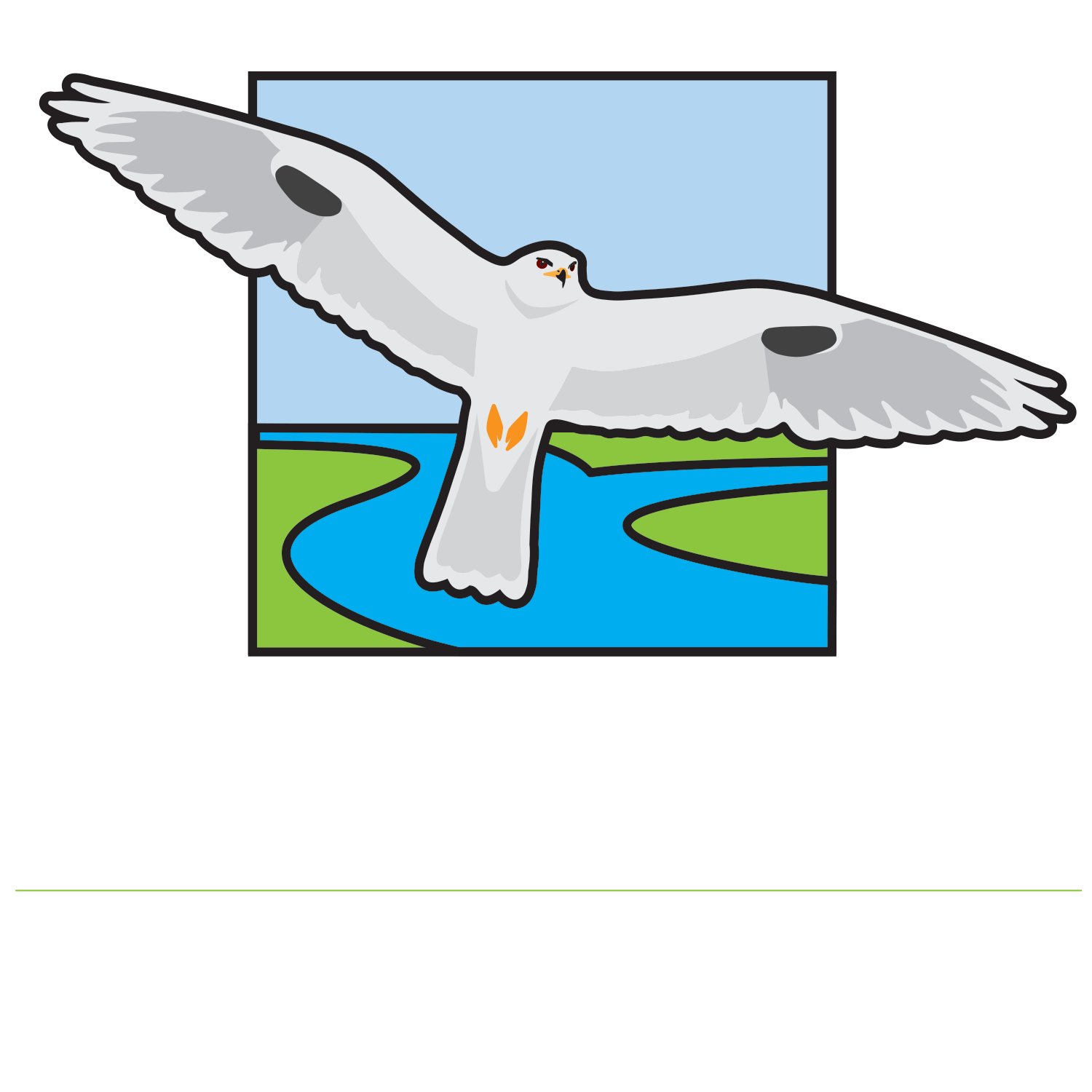After an unremarkable spring, what is usually considered to be the slow season was quite interesting, as the list of highlights below will attest. Migrants are typically few until the shorebird migration really kicks in by mid-July (with the first showing up in late June), but the slow times are often punctuated by a big surprise or two. One of these came on the first day of June in the form of a singing Ovenbird where Strong Ranch Slough crosses Alta Arden Expressway, just west of Watt Ave. The bird was heard by many and seen by some through 6/8. This is only the third record for Sacramento County.
Red eyed Vireo photo by Roger Adamson on 8/8.
Other marquee finds for the period included a Brown Pelican seen flying over I-5 north of Laguna Blvd on 7/6 for Sacramento’s third record (the first was in 1976), and a Franklin’s Gull at the Davis WTP on 7/30, continuing into early August. A Red-eyed Vireo at North Pond in Davis on 7/18, like the Ovenbird, was easier to hear than see, but gave plenty of opportunities to look as it stayed well into August. Also at North Pond, a Northern Parula was found on 7/29 and continued into August; another Northern Parula was found in Vacaville on 6/17. A male Rose-breasted Grosbeak was photographed at an Orangevale backyard feeder on 7/8-9, and a male Indigo Bunting was found east of Auburn on 6/4, and stayed long enough, singing vociferously from the hillside above Old Auburn Rd, for many people to see it.
The first “fall” shorebirds for the region, Western and Least Sandpipers, were reported on 6/28, with excellent habitat and numbers noted at Yolo Wildlife Area (YWA) in July. On 7/10, four Willets, eight Marbled Godwits, and two Semipalmated Sandpipers were found there. At the Galt WTP on 7/11 there were six Marbled Godwits, which are much harder to come by in Sacramento County than in Yolo. On 7/24 at the Davis Wetlands, a Snowy Plover and four Willets were found, with another 11 Willets at YWA.
Least Tern at Sacramento Regional Wastewater Treatment Plant. Photo by Chris Conard. Click here photo for video of Least Tern chicks.
Last year, Sacramento County’s first Least Terns attempted to nest at the Sacramento Reg. WTP. The pair returned this year on 5/29, and succeeded in fledging two young on 7/13. This normally coastal species has expanded its range in recent years into the Delta at the Montezuma Wetlands in Solano County. There has been a general positive trend with the protection of breeding colonies in the state: in 1973 there were an estimated 624 pairs, and by 2006 there were over 6,700—good news on the conservation front is always welcome. It will be interesting to see if they continue to move inland in the coming years.
Yellow-billed Cuckoo photographed on 7/1 by Steve Abbott. For more on the story, click here.
Other interesting finds include a Yellow-billed Cuckoo that was brought to a wildlife rehabber in Shingle Springs in late June. Apparently it sustained minor injuries from a house cat. This species is now very rarely reported in the Sacramento area, though it does breed in small numbers farther north in the Valley along the Sacramento River. A White-winged Dove was a nice find north of Lincoln on 7/4. Red-breasted Nuthatches were found out of season, with one in Davis on 6/7 and at Cosumnes River Preserve (CRP) on 7/12. A White-crowned Sparrow was a real surprise in West Sacramento on 7/8, and a Yellow-rumped (Audubon’s) Warbler was similarly unexpected at CRP on 6/26. Once again there was a large White-faced Ibis breeding colony at YWA, visible from the Yolo Causeway, and a pair or two of Dark-eyed (Oregon) Juncos continue to breed at CRP, the only confirmed location in the Central Valley.
Many of these reports first appeared on the Central Valley Bird Club Listserv. Visit www.cvbirds.org and click "Listserv" for details. With over 100 reports, it is impossible to list everyone; however, I want to thank the following for reports on the above species and for providing additional information: Steve Abbott, Roger Adamson, Dave Bell, Tom Cadle, Margaret Crawford, Chris Dunford, Todd Easterla, Andy Engilis, Gil Ewing, Dave Feliz, Steve Hampton, Manfred Kusch, Jeri Langham, Tim Manolis, Kurt Mize, Ed Pandolfino, Michael Perrone, Phil Robertson, John Sterling, John Trochet, Bill Wade, Jim Weigand, Dan Williams, Bruce Webb, and Ed Whisler. Thanks to everyone for their reports—without them, this column would not be possible.


